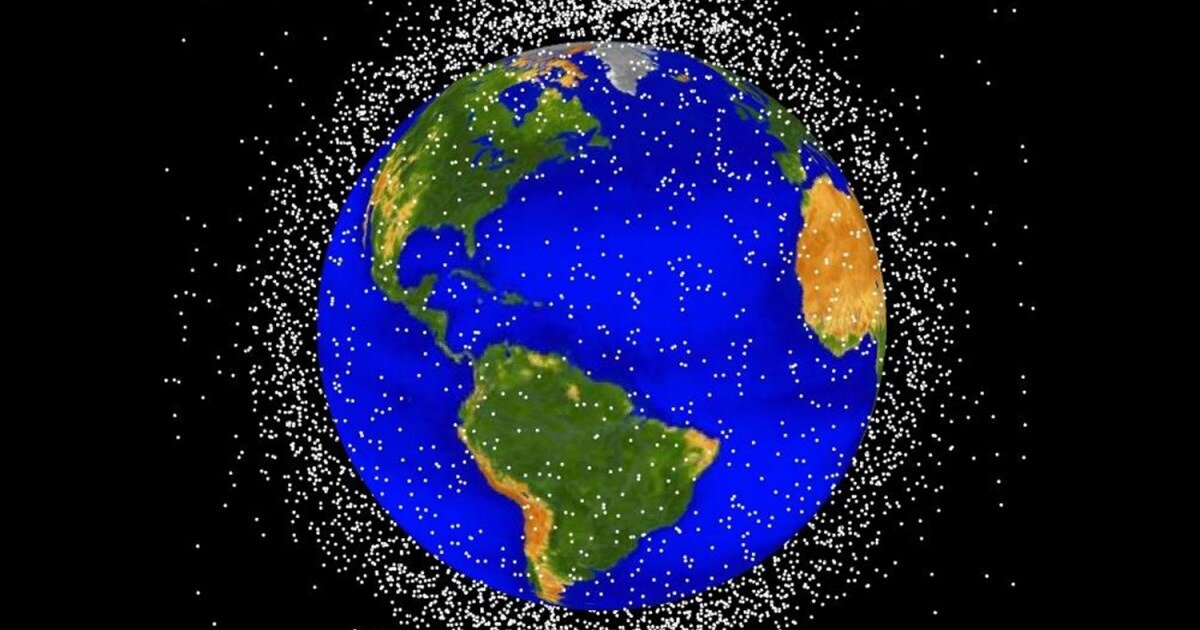
Astroscale, the company that removes space debris, made the announcement Stunning image captured by the ADRAS-J satellite.
Taken from just 50 metres, the image captures a very large piece of space debris, the top of a rocket about 11 meters long, which remained in low orbit around our planet for a decade and a half afterwards. It launched a Japanese Earth observation satellite in 2009. Astroscale called the controlled approach to the target an unprecedented achievement.
The Japanese space agency JAXA has selected Tokyo-based Astroscale to undertake the Debris Removal Demonstration (CRD2) programme, and the ADRAS-J satellite is part of this initiative. By observing the target from a short distance, Astroscale is able to fully understand the state of the object and how it is moving, before attempting to remove it. The collected data will be fed back to a future mission to safely approach the target, grab it with robotic arms, pull it out of orbit, and deliver it to Earth’s gravity: the result will be to burn up the target upon reentry into the planet’s atmosphere. .
Space debris in low Earth orbit consists not only of old rocket legs, but also of defunct satellites, as well as debris resulting from collisions between these objects. NASA says there are millions of pieces of space debris orbiting Earth at 29,000 kilometers per hour, posing a threat to operational satellites providing vital services, but also to the two manned space stations in Earth orbit, the International Space Station (ISS). And Tiangong, the corresponding Chinese space station.
For years, international efforts have been made to find ways to safely and effectively remove this waste, which, according to NASA estimates, weighs close to 6,000 tons.
The Astroscale mission was the first attempt to safely approach, characterize and observe a large piece of space debris in order to assess its movement and condition. Efforts to bring ADRAS-J closer to the target began in February, using GPS as well as data from ground-based observations. By April 9, ADRAS-J used its camera to successfully locate its target, setting the stage for the approach phase of the broader surveillance mission.
When ADRAS-J approached within a few kilometers of the target, the team controlling the vehicle activated an infrared camera on board ADRAS-J, which, using navigation algorithms, took over the final phase of the approach. In May, ADRAS-J got within 50 meters of the target, where it was able to capture detailed images, including the one at the beginning of the article. Now, ADRAS-J will try to get closer to the target to capture more detailed images.
“The images and data collected are expected to play a key role in better understanding the debris and providing essential information for future efforts to remove it,” Astroscale said in a statement.
-
2

“Total alcohol fanatic. Coffee junkie. Amateur twitter evangelist. Wannabe zombie enthusiast.”






More Stories
Is this what the PS5 Pro will look like? (Image)
Finally, Windows 11 24H2 update significantly boosts AMD Ryzen – Windows 11 performance
Heart Surgeon Reveals The 4 Things He ‘Totally Avoids’ In His Life